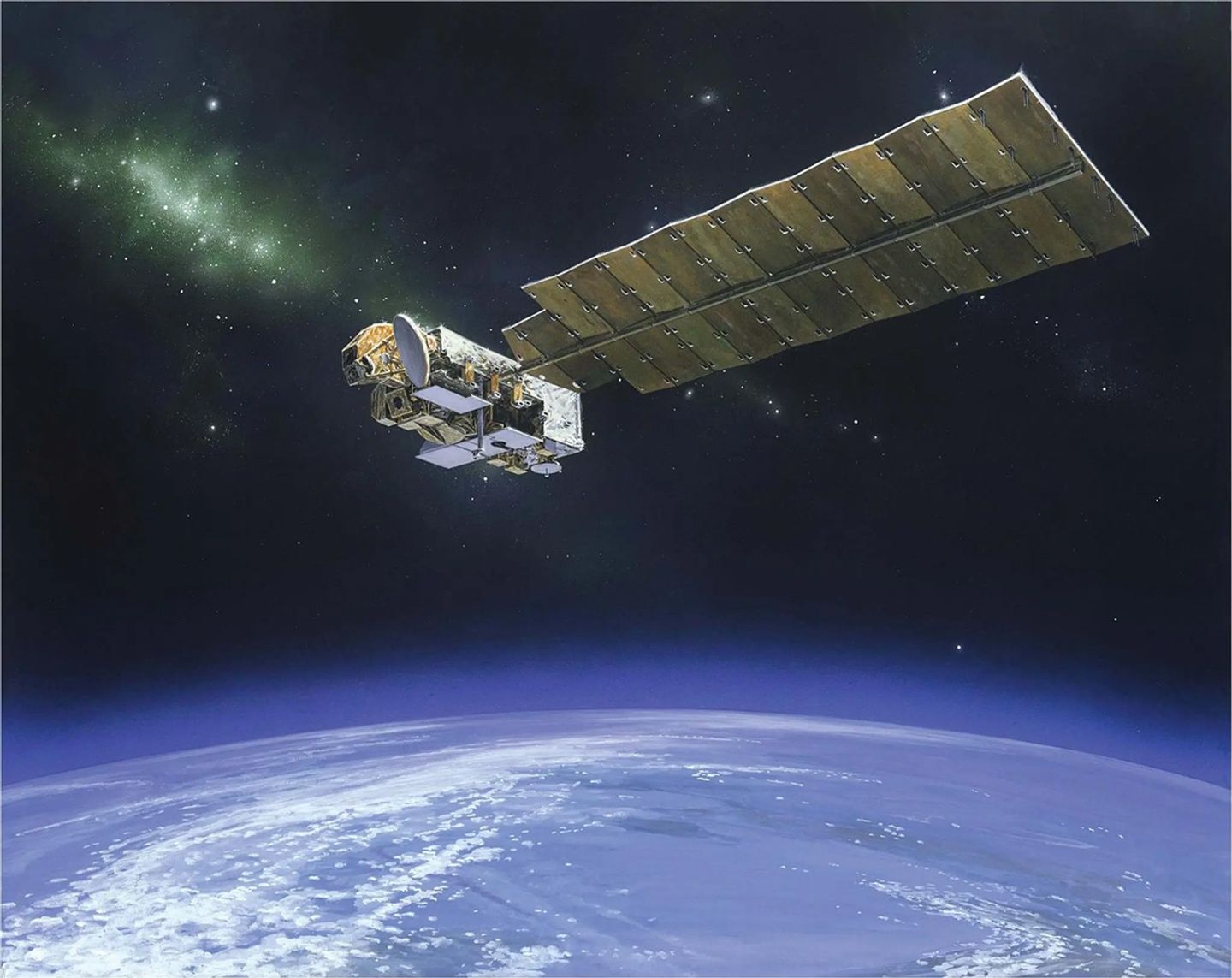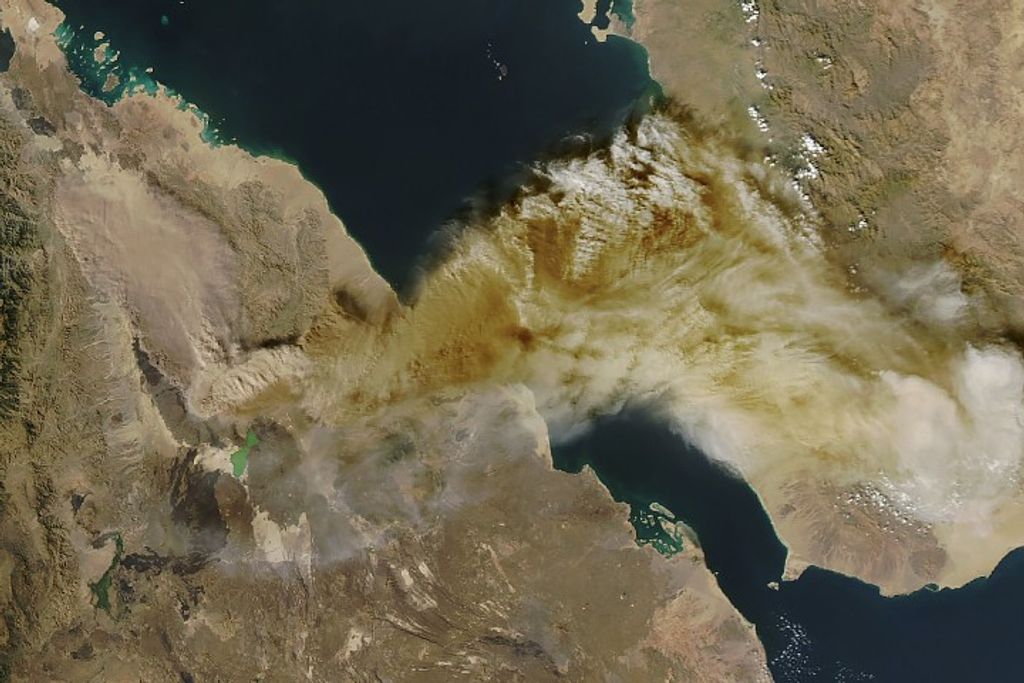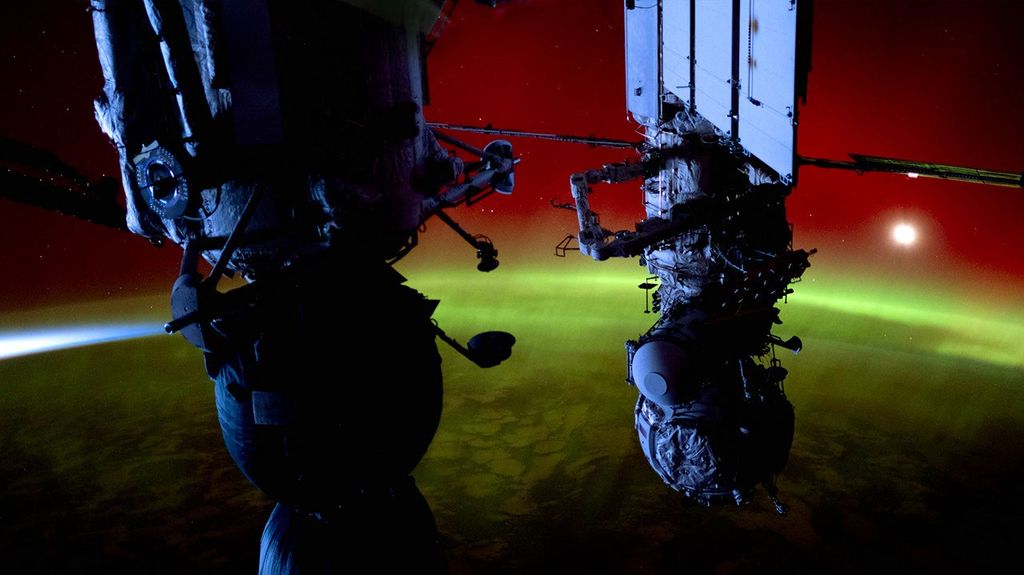Constraining the Hydroxyl Radical in the Tropics
Using satellite observations of its drivers are the first steps toward assessing the feasibility of a global observation strategy.
The hydroxyl radical (OH) dictates the lifetime of many tropospheric species, including carbon monoxide (CO), methane (CH₄), and numerous volatile organic compounds (VOCs). Knowledge of OH is therefore necessary to understand the abundance, distribution, and variability of these species.
Combining machine learning, chemical transport model (CTM) output, and satellite data has the potential to constrain tropospheric column OH (TCOH). A variety of machine learning techniques, such as neural networks, self-organizing maps, random forest regression, and gradient boosted regression trees (GBRTs), show promise in helping to solve problems in atmospheric chemistry. GBRT models use an ensemble of decision trees to predict the value of a target based on multiple inputs, even for targets with highly non-linear dependencies on the inputs.
We present a methodology to infer tropospheric column OH (TCOH) in the tropics over the open oceans using a combination of a machine learning model, output from a simulation of the GEOS model, and satellite observations, including from the NASA EOS flagship missions, Terra, Aqua, and Aura. Our overall goals are to assess the feasibility of our methodology, to identify potential limitations, and to suggest areas of improvement in the current observational network.
The methodology reproduces the variability of TCOH from independent 3D model output and of observations from the Atmospheric Tomography mission (ATom). With slight modifications, a similar methodology could likely be expanded to the extratropics and over land, with the benefits of increasing our understanding of the atmospheric oxidation capacity and, for instance, informing understanding of recent CH₄ trends.

References:
Daniel C. Anderson, Bryan N. Duncan, Julie M. Nicely, Junhua Liu, Sarah A. Strode, and Melanie B. Follette-Cook
https://doi.org/10.5194/acp-23-6319-2023
July 2023
OMI
Aura’s Ozone Monitoring Instrument (OMI) instrument can distinguish between aerosol types, such as smoke, dust, and sulfates, and measures cloud pressure and coverage, which provides data to derive tropospheric ozone.…
Learn More



























